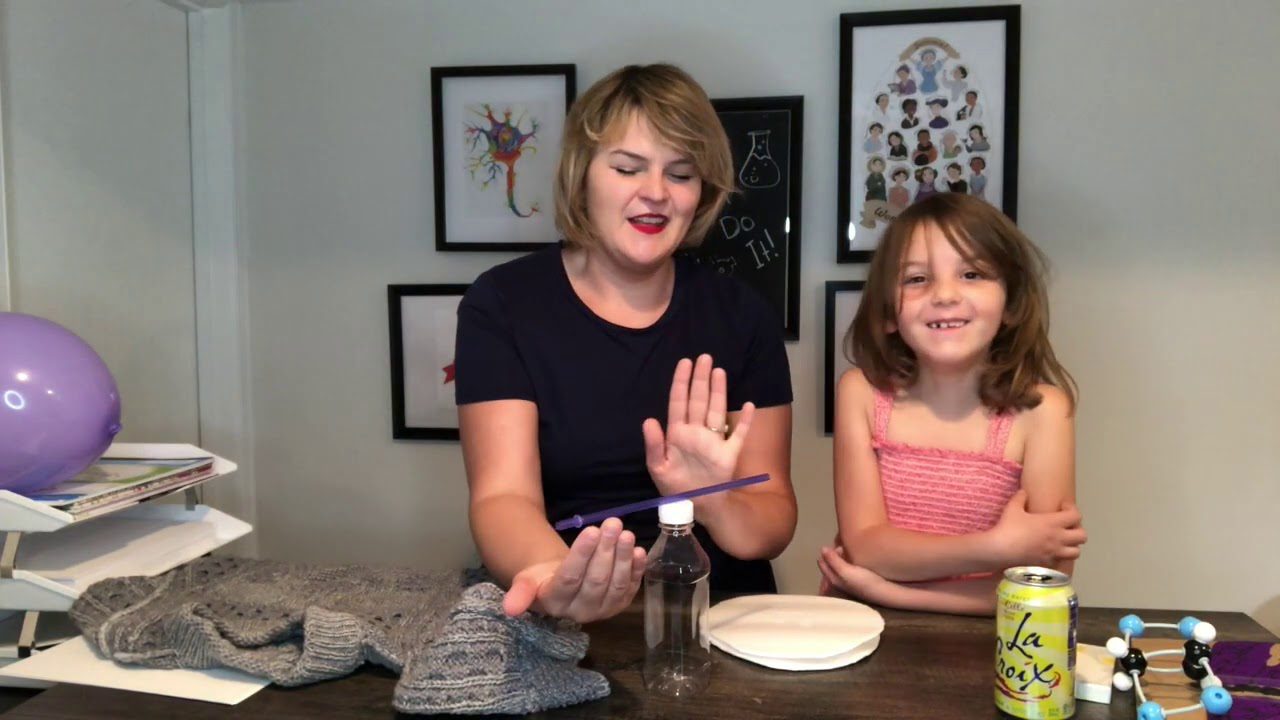Ever wonder what powers the electronics we use today like TVs, phones, aIr conditioners, computers, stoves and more?Well, it’s the tiny electrons that make electricity work! One cool thing about them is that they are able to move (repel) through an electrical circuit and carry a negative (-) charge.
A circuit is a path that starts and stops at the same place. A circuit must be complete, or “closed”, to work. When a battery is supplying electric power, it releases an electron that runs through the circuit, in this case a closed wire. The end marked negative (-) is the source of electrons that will move and deliver energy to something else like a LED, or light emitting diode.
An LED is a device that emits or shines light when electrons pass through it. Electricity or current can only pass through an LED in one direction. The long leg of an LED is always positive (+) and should be connected to the red (+) wire of a battery. The short leg is negative (-) and should be connected to a black (-) wire of a battery.
Three things are required to make the LED turn on and shine in your art. 1) An energy source which will be a battery. 2) A path which will be copper tape. 3) A resistor which will be the LED). The circuit must be closed meaning that all the items are connected, in order to work.
Only a closed circuit will conduct electricity. So, if one of the LED’s legs comes loose from the circuit the circuit is “open” then the flow of electrons will stop moving through the circuit and the LED will not light up. The LED’s legs are not the only point of connection that can become loose. If your LED fails to light, be sure to check where the copper tape connects with the wires of the battery holder.
In most electrical equipment the red wire is positive (+) and the black wire is negative (-). Circuits must be closed to work! Positive goes to positive and negative goes to negative until they meet at the battery. If these wires are crossed anywhere other than the battery they divert the flow of electrons and cause what is called a “short circuit”; the electron flow stops “short” before it reaches its destination.



